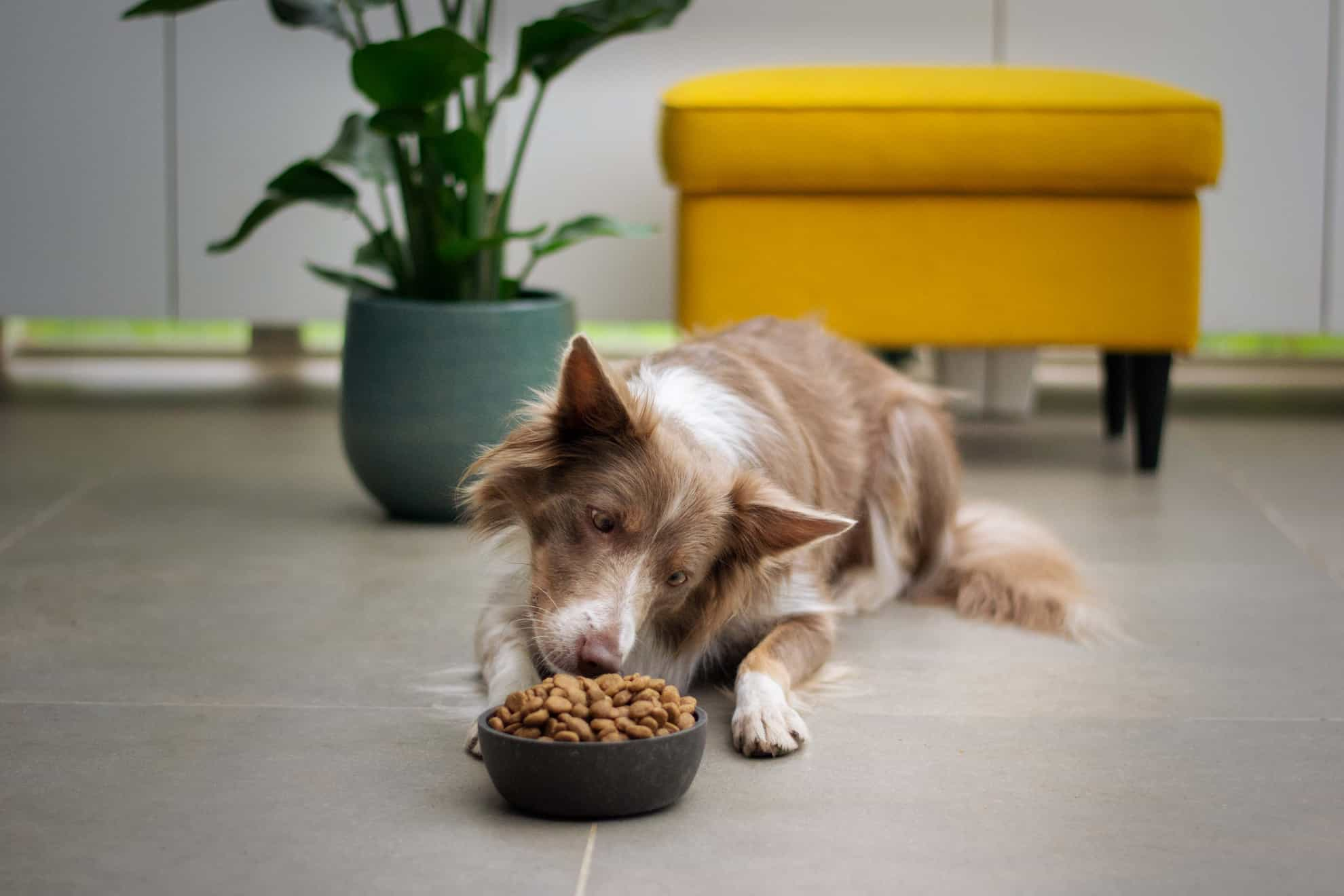Table of Contents
Summary | Dog Characteristics | Ingredient Quality | Nutritional Adequacy | Wet or Dry | Try a Sample | Research
Summary:
Are you attempting to find the optimal dog food for your pet? One of the most basic necessities of dogs is proper nutrition, and the most effective method to keep your dog healthy is to provide him with a nutritious diet. There are thousands of alternatives, so choosing the right one might be difficult. Veterinarians, trainers, breeders, and other dog owners all have different perspectives on canine nutrition. The main truth is that even experts disagree on which sort of dog food is best. That's partly due to the fact that there isn't a single correct solution. It's because that it depends on so many factors and remember that nutrition is always an individual subject. It's about nutritional needs, preferences, physiological status, health and so on.
In the end, it's up to you to pick which food is best for your dog. To stay within your budget, you'll need to think about the type of meals, the quality of the ingredients, and the price. Here are 6 useful tips to help you with the choice.

1. Consider Your Dog's Characteristics
When selecting suitable dog food, consider your dog's physical qualities, temperament, and general health. Puppies and lactating moms need more calories each day, but geriatric dogs need fewer. Similarly, more active breeds need more calories than couch potato types—feeding your dog the right sort and amount of food will help your dog prevent obesity-related health problems. Some businesses create foods tailored to their specific needs, depending on breed. The changes are mostly in kibble size, but your dog must be able to eat safely and comfortably.
2. Read the Ingredients
Keep in mind that the contents on the label are listed by weight, and meats or meat meals are listed first since they contain a lot of water. Choose foods that contain meat or a meat meal as the primary element. Dogs are omnivores and should only be fed a vegetarian diet under severe and special situations. If you're looking for ground corn, be sure the first component isn't grain or tuber. Corn's digestibility does not imply that it is nutritionally valuable. Corn has a poor protein level and a lackluster vitamin and mineral profile, and the only reason producers brag about it is because it's cheap. Corn isn't "bad" for dogs; just don't believe the marketing hype about its nutritional advantages.
We recommend to avoid artificial preservatives. The industrial preservatives can increase the shelf life of dog food but these may not be ideal for dog's health.
3. Check The Nutritional Adequacy Statement
This phrase can tell the customer if the product is nutritiously complete and balanced. If a food claims to be 100 percent nutritious, balanced and complete, perfect, scientific, or anything similar on the label, it must include a nutritional adequacy statement that includes the technique used and the life stage for which it was validated.
It is recommended to check for AAFCO certification. The Association of American Feed Control Officials or AAFCO provides summary of ideal dog food, and guides what to look for, while choosing dog food. The information is public on their website.
4. Wet or Dry Food
The most significant difference is the amount of water in each. While both types of dog food normally include the same ingredients, dry dog food is less costly and does not require refrigeration once opened. It also has a longer shelf-life than wet food because of its lower moisture content, which goes bad faster and requires frequent restocking. Wet dog food, on the other hand, generally contains more fresh ingredients and comes in a variety of tastes and textures to suit your dog's individual needs and preferences. It's critical to choose a formula that's beneficial for your pet's dental health and won't adhere to his or her teeth. You should test both options to find which one works best for you and which your dog prefers. In either case, avoid food containing a lot of artificial preservatives.
The palatability is another factor to consider. The dog should be willing to eat and enjoy. Some dogs prefer dry food over wet and it also depend on their age. Always feed your dog with right food for it's age.
5. Try Out Samples
To confirm that the product is a good match for your pet, several firms provide samples or return guarantees. Before making a decision, it's a good idea to check out a few different alternatives and see how your dog likes or reacts to them. Your dog might be allergic to particular foods or have a dislike for specific substances. If you're not sure if your dog is allergic or intolerant to specific foods, watch for indicators like excessive licking, vomiting, diarrhea, or any other unusual symptom that may require a trip to the veterinarian. When it comes to finding the perfect dog food for your four-legged buddy, take your time.

6. Research the Brand
Where does your brand's food come from? What procedures do they use to guarantee that the ingredients are of excellent quality? Dog owners today have a lot more questions about the components in their dog's food than previous generations. Any brand you feed your dog should be transparent about where its components originate from and how it's manufactured. These facts should be visible on the product description, the website, and food reviews, among other places. You may also contact the organization directly by calling them. Sure, conducting such a study might be unpleasant, but have you ever tried to figure out why your dog is puking all over the floor? And you spend a lot of time and money trying to figure out what's wrong with them by taking them to the veterinarian. It may surprise you to hear that their cuisine is to blame.
Decent dog food should not upset your dog's stomach, provide him lots of energy, and maintain his hair smooth and shiny, as well as his eyes clear and bright. Of course, this is no easy process, but following these steps may help you better understand a difficult task.
